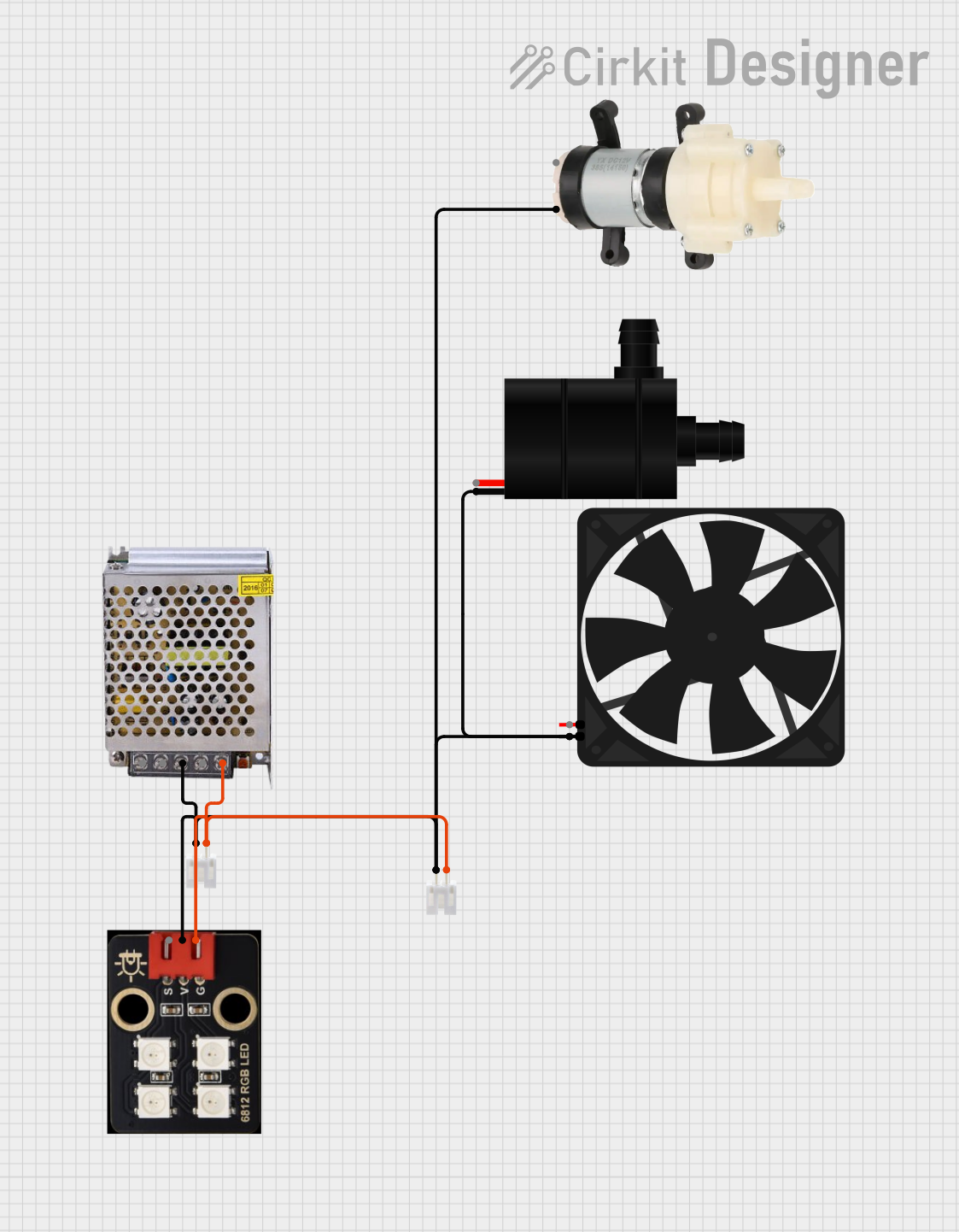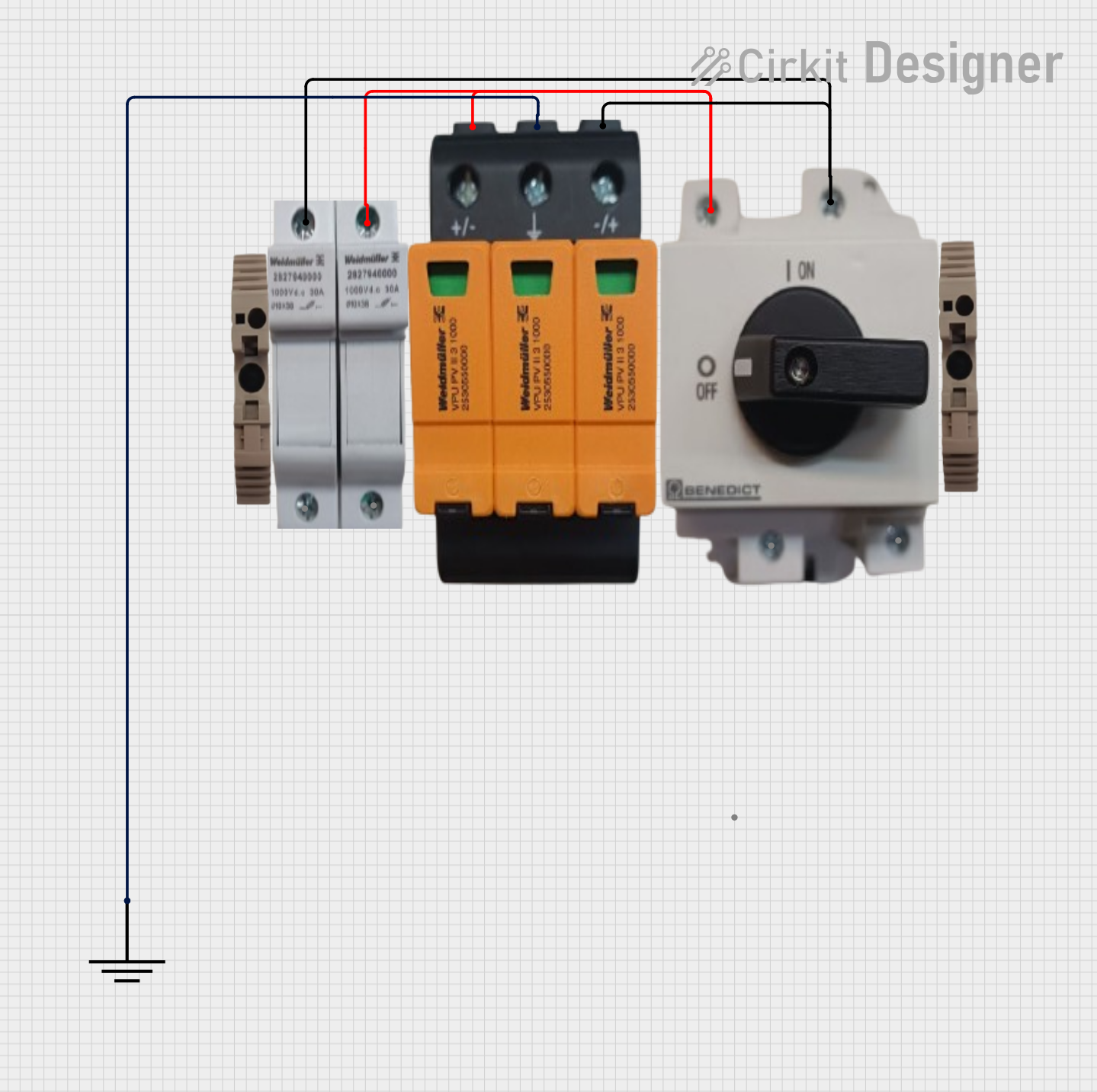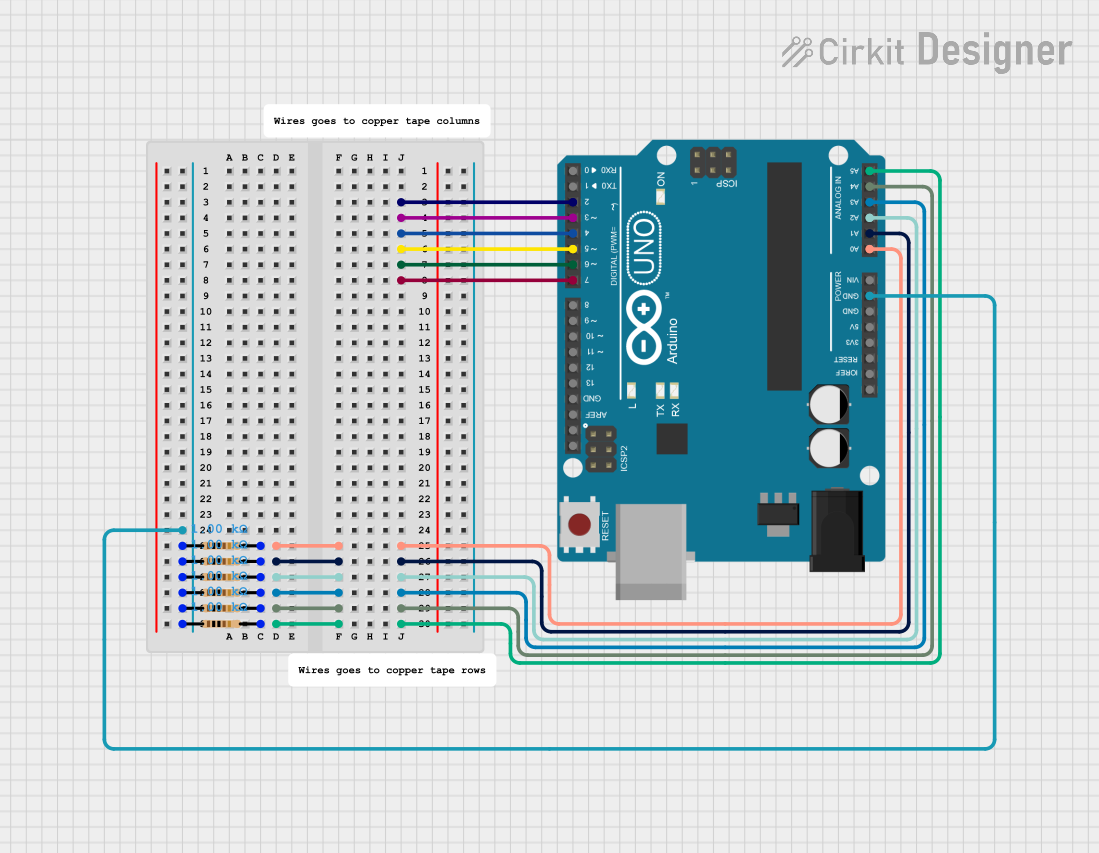
How to Use GND: Examples, Pinouts, and Specs

 Design with GND in Cirkit Designer
Design with GND in Cirkit DesignerIntroduction
The GND (Ground) is a fundamental component in electrical and electronic circuits. It serves as a reference point for measuring voltages and provides a common return path for electric current. Manufactured by SEAN with the part ID 09925676019, this component is essential for ensuring proper circuit operation and stability.
Explore Projects Built with GND

 Open Project in Cirkit Designer
Open Project in Cirkit Designer
 Open Project in Cirkit Designer
Open Project in Cirkit Designer
 Open Project in Cirkit Designer
Open Project in Cirkit Designer
 Open Project in Cirkit Designer
Open Project in Cirkit DesignerExplore Projects Built with GND

 Open Project in Cirkit Designer
Open Project in Cirkit Designer
 Open Project in Cirkit Designer
Open Project in Cirkit Designer
 Open Project in Cirkit Designer
Open Project in Cirkit Designer
 Open Project in Cirkit Designer
Open Project in Cirkit DesignerCommon Applications and Use Cases
- Used as a reference voltage in analog and digital circuits.
- Provides a return path for current in power supply systems.
- Essential for signal integrity in communication systems.
- Used in grounding systems to prevent electrical noise and interference.
Technical Specifications
| Parameter | Value |
|---|---|
| Manufacturer | SEAN |
| Part ID | 09925676019 |
| Function | Electrical ground reference |
| Voltage Reference | 0V (common ground) |
| Current Capacity | Dependent on circuit design |
| Compatibility | Universal for all circuits |
Pin Configuration and Descriptions
| Pin Name | Description |
|---|---|
| GND | Ground connection (0V reference) |
Usage Instructions
How to Use the GND in a Circuit
- Connect to Power Supply: Ensure that the GND pin is connected to the negative terminal of the power supply or battery.
- Reference Point: Use the GND as the reference point for all voltage measurements in the circuit.
- Return Path: Connect all components requiring a return path for current to the GND pin.
- Signal Integrity: For high-frequency circuits, use a ground plane to minimize noise and interference.
Important Considerations and Best Practices
- Avoid Ground Loops: Ensure that there is only one ground reference point in the circuit to prevent ground loops, which can cause noise and instability.
- Use Proper Wiring: Use low-resistance wires or traces for GND connections to minimize voltage drops.
- Decoupling Capacitors: Place decoupling capacitors close to ICs to reduce noise on the GND line.
- Arduino UNO Example: When using GND with an Arduino UNO, connect the GND pin of the Arduino to the GND of the external circuit to ensure a common reference.
Example Code for Arduino UNO
// Example: Blinking an LED with a common GND connection
int ledPin = 13; // Pin connected to the LED
void setup() {
pinMode(ledPin, OUTPUT); // Set the LED pin as an output
}
void loop() {
digitalWrite(ledPin, HIGH); // Turn the LED on
delay(1000); // Wait for 1 second
digitalWrite(ledPin, LOW); // Turn the LED off
delay(1000); // Wait for 1 second
}
// Ensure the GND pin of the Arduino is connected to the GND of the circuit
// to maintain a common reference point for proper operation.
Troubleshooting and FAQs
Common Issues
- Voltage Fluctuations: If the GND connection is not secure, voltage measurements may fluctuate.
- Solution: Check all GND connections and ensure they are properly soldered or secured.
- Noise in Circuit: Electrical noise may occur if the GND is not properly designed.
- Solution: Use a ground plane or thicker wires for GND connections.
- Ground Loop Issues: Multiple ground points can create loops, leading to interference.
- Solution: Ensure a single ground reference point in the circuit.
FAQs
Q: Can I connect multiple components to the same GND?
A: Yes, multiple components can share the same GND as long as the connections are secure and the current capacity is not exceeded.
Q: What happens if I don't connect GND in my circuit?
A: Without a GND connection, the circuit will lack a common reference point, leading to improper operation or failure.
Q: How do I reduce noise on the GND line?
A: Use decoupling capacitors, a ground plane, and proper wiring techniques to minimize noise.
Q: Is the GND pin on an Arduino the same as the negative terminal of a battery?
A: Yes, the GND pin on an Arduino serves as the 0V reference point, similar to the negative terminal of a battery.